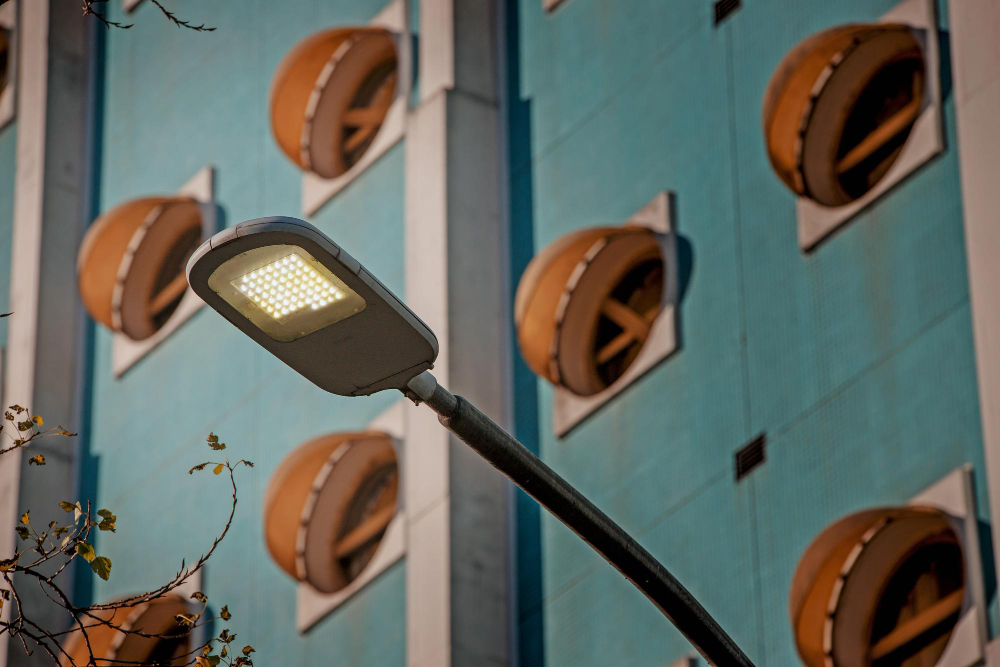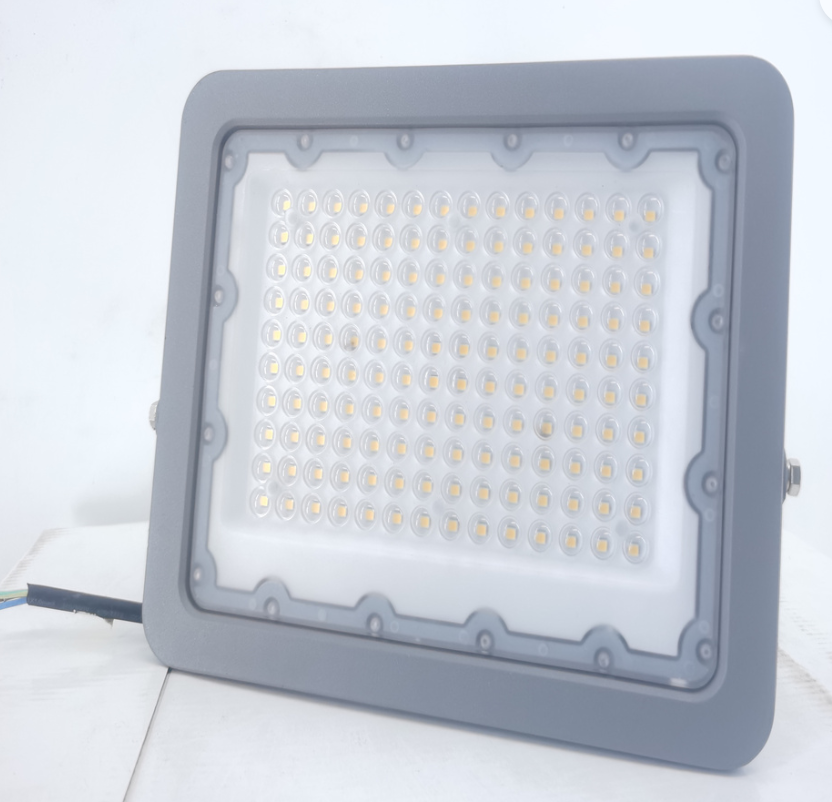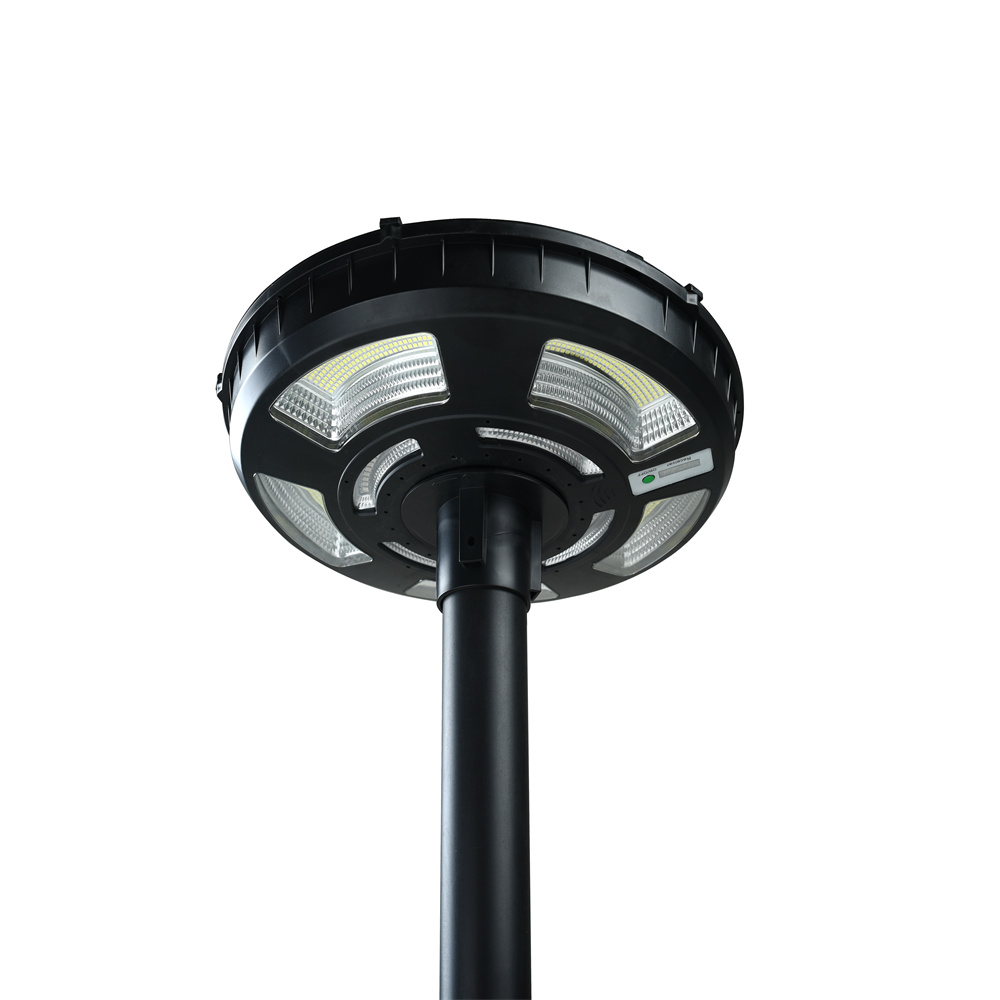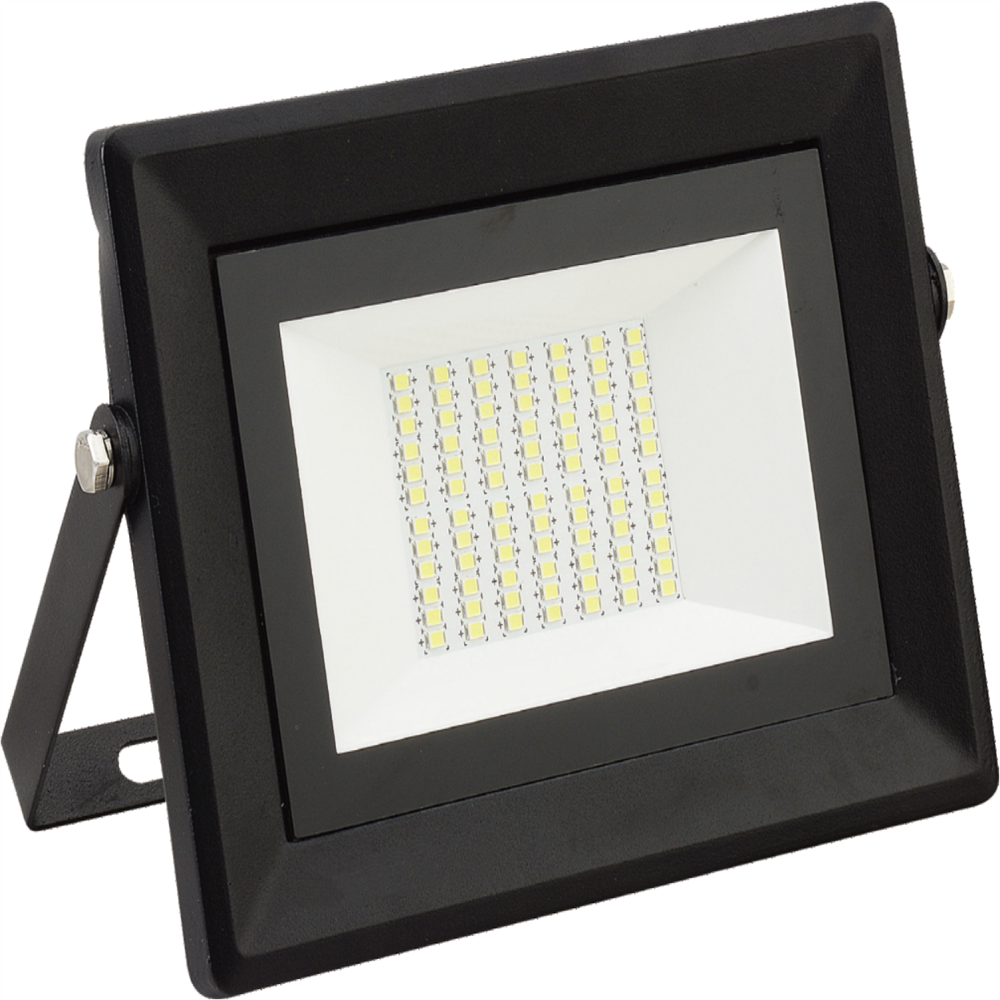Explore various types, benefits, and factors to consider when choosing the right lighting system for your fitness facility.
Gym lighting is an important element in creating an effective workout environment. With the right lighting, gyms can enhance exercise experiences and improve facility safety and energy efficiency. LED gym lights offer many advantages over older lighting technologies and have emerged as a top choice for modern gyms.
This article provides an in-depth look at LED lighting for gyms, including the main types, key benefits, and factors to consider when choosing and designing a system.
Types of LED Gym Lights
There are several main types of LED gymnasium lights used in fitness facilities:
Linear LED Fixtures
Linear LED fixtures are long, narrow lights designed to provide broad, even illumination. They often feature an industrial appearance with exposed LEDs or lens covers. Linear LED gym lights work well as overhead lighting for open gym areas. They can be mounted directly to ceilings or suspended on cables.
Flood and Spot LED Lights
Flood lights distribute illumination over a wide area, while spot lights concentrate light in a narrow beam. Both are used to highlight specific zones like weight areas. Adjustable and gimbal mount fixtures allow precise light placement without spillage or glare.
High Bay LED Lights
High bay LED lights are powerful luminaires designed for ceiling heights over 20 feet. They direct light downward to cover large gym spaces efficiently. High bay LEDs often use durable, lightweight aluminum housings.
LED Tubes and Panels
For more focused task lighting, LED tube lights and panels may be mounted on walls or incorporated into mirrors and storage cabinets. This provides targeted illumination without high-wattage overhead lighting.
Benefits of LED Gym Lighting
LED technology offers many advantages that make it an ideal choice for modern gym facilities:
Energy Efficiency
One of the biggest benefits is efficiency. LED lights for gym use 50-70% less power than older lighting. This creates substantial energy and cost savings long-term for gyms. The energy savings alone often provides a rapid return on investment.
Long Lifespan
Quality LEDs can last over 100,000 hours while maintaining consistent light output. This greatly reduces the frequency and cost of bulb replacements compared to older lights. Less frequent maintenance is a plus for gyms.
Durability
With a solid-state design and no fragile filaments or glass, LED lights are extremely durable. They can withstand vibrations and impacts that would damage other types of lighting. LEDs are ideal for the demands of gym environments.
Light Quality
LEDs provide bright, uniform light with excellent color rendering. This enhances visibility for safer workouts. LED lighting also creates a comfortable, inviting environment.
Instant On
Unlike older fluorescent lights that can take minutes to warm up, LED gym lighting achieves full brightness immediately when turned on. Their lighting levels are easily controllable via dimming.
Versatility
Available in various designs like linear tubes, flood lights, and spot lights, LEDs can meet virtually any gym illumination need. They work well in spaces with high ceilings too.
Cool Operation
LEDs give off much less heat than older lighting, reducing risks of accidental burns or fires. Their cool operation increases safety.
Key Factors When Choosing LED Gym Lights
Selecting the right LED gym lighting involves evaluating several key factors:
Light Levels
The necessary lighting intensity depends on gym size and activities. Smaller cardio-focused gyms may need just 200-300 lux per square meter. Larger facilities with weights and sports require up to 500 lux for good visibility. Task lighting can supplement general illumination. Ideal light levels for most gyms range from 200-500 lux per square meter.
Uniform Distribution
The lighting design should distribute light evenly throughout the space to avoid dark or bright spots. Consistent illumination lets exercisers transition safely without eyes adjusting. Mixing overhead and task fixtures achieves balanced coverage.
Color Temperature
LEDs come in different color temps that affect ambience. Cool white 5000K-6500K lighting boosts energy. But excessively cool light can feel stark. For vibrant yet comfortable gyms, 4100-5000K is often optimal. Use warmer 3000K LEDs in relaxed areas.
High CRI Rating
High color rendering index (80-90+ CRI) ensures colors appear natural. This helps users spot spills or worn equipment. It also creates a comfortable environment.
Mounting Height
Overhead lights should be mounted for optimal coverage based on ceiling height. Standard height is 1.2 to 1.5 times the ceiling height. Observe minimum heights for safety.
Beam Angles
Wider flood beams provide ambient light. Narrow spot beams precisely highlight stations. Use both for general and targeted illumination.
Dimming Capabilities
Look for systems with dimming so light levels can adjust by activity and occupancy to save energy. Preset scenes or auto-dimming based on sensors optimize lighting.
Smart Controls
Modern controls like occupancy-based dimming, scheduling, and daylight harvesting automate and optimize lighting. They also provide energy use data to verify savings.
Lighting Design Tips for Gym Spaces
Thoughtful gymnasium lighting design enhances functionality while creating an inviting environment:
- For cardiovascular zones, use linear LEDs to provide soft ambient light. Position adjustable spot lights above machines.
- In weightlifting areas, focus high-output adjustable LEDs over each station. Minimize shadows and glare on mirrors.
- In studios, use tunable white LED panels to adjust light color and energy levels for various classes.
- Near pool spaces, choose LEDs with durable finishes that resist humidity and chemicals.
- In locker rooms, specify LED panels or tubes with high color accuracy and clean, bright light.
- For high ceilings, suspended LED high bays spaced appropriately will efficiently illuminate large areas.
Conclusion
LED gym lights may dazzle with tech, but it’s how you use them that counts. A thoughtful lighting plan tailored to your gym’s spaces and members creates an environment, individuals are thrilled to sweat in.
Of course, designing that perfect lighting playbook takes experience. For over 20 years, RRRlighting has partnered with gyms and fitness centers to make their facilities shine. Our team of lighting professionals knows how to create inviting, high-performing systems that we back with responsive service.
Let RRRlighting show you how state-of-the-art LED solutions can light up your gym and energize your members.











